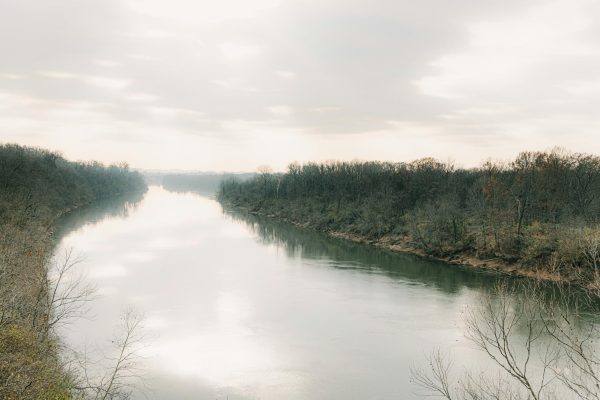Aleppo’s Fall From Grace
The Battle of Aleppo is coming to a close, but what happened before this catastrophe?
December 2, 2016
After four years of bloody warfare, the Syrian city of Aleppo is close to defeat at the hands of President Bashar al-Assad, who cites his attack on Syria’s largest city as one against rebels against his regime. Thousands of civilians have been caught in airstrikes, and battles, leading to their deaths. As such, many have decided to evacuate the city, but rebels, and the Syrian government have prevented their escape by shells, and “double-tap” airstrikes (ones against rescue workers trying to save the injured) respectively. The High Commissioner of Human Rights of the UN has gone so far as to say that the Battle of Aleppo is filled with “crimes of historic proportions.” But what is Aleppo? How did the city get to where it is today?
Aleppo is one of the oldest cities in the world, being occupied as far back as 5000 B.C.E. It was revered for its medieval citadel, which remains one of the largest castles in the world (it has since received heavy damage during the Syrian Civil War). Throughout history, Aleppo was an important trading hub for the Hellenics, the Byzantines, the Umayyads, and the Ottomans. It has grown significantly in the last 60 years, growing from a population of 300,000 in 1945 to 2.3 million in 2005. Before the war, the Syrian government was dedicated to restoring the Islamic history of Aleppo, to the point where it was named “Islamic Capital of Culture” of 2006 by UNESCO (United Nations Educational, Scientific, and Cultural Organization).
However, all this changed in 2011. The presidents of Tunisia, and Egypt were overthrown in what became known as the Arab Spring. Protests erupted after several boys were thrown in prison for supporting the overthrows. This lead to the Siege of Daraa on March 15, 2011, when over 300 people, mostly children, were killed in an attempt to put down the protests. This in turn lead to the formation of the Free Syrian Army from former military members, who plotted to overthrow the government, causing the start of the Syrian Civil War. Aleppo was actually left safe initially in the war. However, in February of 2012, 28 people were killed in two bombings in the city. Less than six months later, the Battle of Aleppo began.
The rebels took over most of the city by this time, and the government came in to take the city back. Both sides were unable to gain an advantage over the other. The rebels didn’t have good weapons like the government does, and the government had to deal with multiple uprisings in other parts of Syria. However, the fighting did cause damage to the Old City, a UNESCO World Heritage Site, and civilians were put at immense risk. Damage was only heightened when airstrikes were introduced in 2013, causing many civilians to be buried alive under their own buildings. Rescue workers were able to save some lives, but they too are at risk thanks to the creation of “double tap” airstrikes. Amnesty International has stated that civilians of Aleppo “have accused both government and rebel forces of committing war crimes.” In September 2015, the Syrian government was able to get an advantage over the rebels thanks to support from Russia. Both governments were able to take back most of the city, with East Aleppo being the most resilient to the forward. Syria and Russia cut off supplies, and escape for 275,000 people living in East Aleppo, and then proceeded to recklessly bomb the area throughout September of 2016, only allowing a brief period of time for surviving civilians to leave (that was ultimately rejected by most of them). Within the last week, the rebels were revealed to control only 5% of Aleppo, meaning that they are effectively defeated.
President Assad has called the fall of Aleppo a “historic” event. He is entirely correct. The Battle of Aleppo is historic, not only because it allows Assad’s regime to try to end the war, but also because it demonstrates how terrible war is to people, and to a city. Aleppo was turned from a magnificent and historic city to a ruined battlefield that will take decades to recover from this calamity. A grand total of 32,000 people were killed in Aleppo, accounting for one-fifth of the total deaths in the Civil War. If there is anything good that came out of this, it’s that this will go down in history as a crime against humanity, like all of the other war crimes, and the world will know to try and not repeat the events of the Battle of Aleppo.









